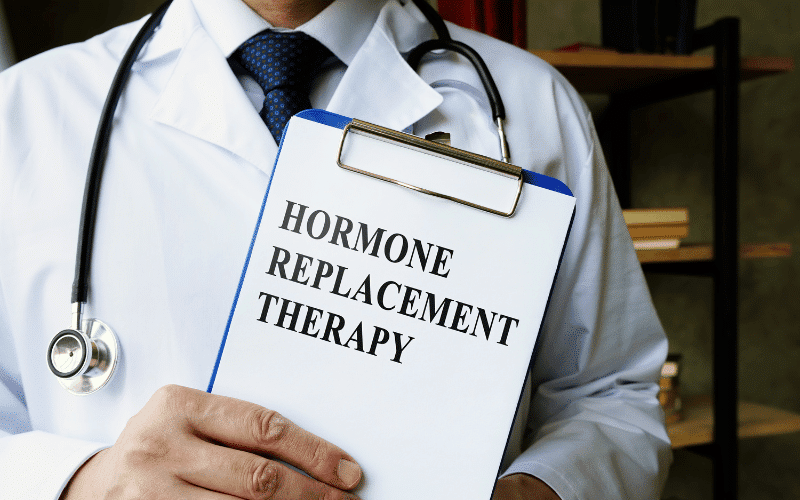8. The Role of Hormone Replacement Therapy

Thyroidectomy often necessitates lifelong hormone replacement therapy. The thyroid gland produces hormones that play a pivotal role in numerous bodily functions. When it’s removed, the body needs an external source of these hormones to keep the body’s metabolism in check.
The primary hormone used in replacement therapy is Levothyroxine. It’s a synthetic form of thyroxine (T4), one of the key hormones the thyroid gland produces. It’s available in various strengths, allowing for precise dosing tailored to each patient’s needs.
The goal of hormone replacement therapy is to replicate the normal function of the thyroid gland as closely as possible. It helps maintain the body’s metabolism at an optimal rate. The dose is determined based on factors like the patient’s age, weight, and other medical conditions.
Adjusting the dose might be necessary over time. Regular follow-ups with endocrinologists ensure that the hormone levels are kept within the normal range. Patients might need to undergo routine blood tests to measure the thyroid-stimulating hormone (TSH) levels in the body.
Side effects from hormone replacement therapy are usually a sign of over-replacement or under-replacement. Symptoms might include palpitations, weight changes, or fatigue. If these occur, it’s essential to discuss them with the healthcare provider, as the medication dose might need adjustment.
While hormone replacement therapy post-thyroidectomy requires lifelong commitment, it plays a vital role in maintaining normal body functioning and a good quality of life. (8)